Have faith and patience. Then I will be always with you wherever you are. – Sai Baba
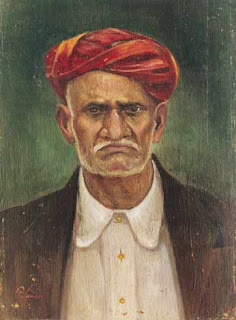
Tatya Kote Patil was among the dearest devotees of Sai Baba, loved for his selfless devotion. When Baba first came to Shirdi, Tatya was only six or seven years old, and he fondly called Baba “Mama.” Baba, in turn, treated him like His own nephew, showering him with love and tolerance for his childish behavior.
Tatya belonged to a farming family and, with his hard work and the daily support given by Baba, he grew into a prosperous farmer owning large fields and several oxen. Known for his helping nature, he was respected by the villagers. His house was one of the few from which Baba regularly accepted alms, and during the famine of 1876, Baba relied only on Tatya’s and Nanduram’s homes.
Deeply spiritual, Tatya often joined Nama Saptahas with saints like Gangagir Maharaj, who praised Sai Baba as a “Precious Jewel.” Baba cherished Tatya’s devotion and considered him very special. Tatya passed away in 1945, and his samadhi lies near the entrance of Lendi Baug beside the Sansthan powerhouse—symbolically reflecting his place as the “light in Baba’s eyes.”
Bayaja Bai Patil was one of the earliest and most devoted followers of Sai Baba. The moment Baba saw her, He said, “She has been my sister for the last seven births.” From then, she cared for Baba like a mother, bringing Him food daily, even searching through jungles to feed the young Fakir. Baba cherished the simple meals she lovingly prepared, and her house became one of the few where He regularly went for bhiksha.
Even in her last days, Bayaja longed for Baba’s darshan, and He appeared at her bedside, blessing her with peace as she departed. Before passing, she placed her son Tatya’s hand in Baba’s, and Baba promised to care for him like His own. Her devotion and selfless service remained unforgettable to Baba, who often praised her faith and sacrifice.
To this day, the Patil family continues the tradition of offering Baba the simple food Bayaja once lovingly served Him, keeping alive the eternal bond between her family and Sai Baba.
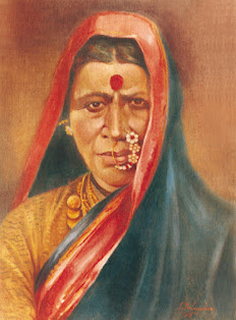
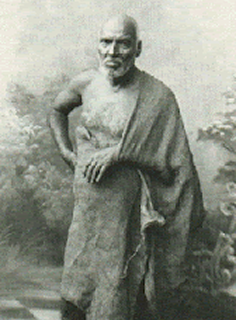
Upasani Baba (Kasinath Govind Upasani Maharaj) was one of Sai Baba’s most prominent disciples, once considered His spiritual successor. Born in 1870 in Satana, Maharashtra, Upasani endured many hardships, including early widowhood, ill health, and restless wandering before meeting Sai Baba in 1911.
At first reluctant, he was drawn back to Shirdi by divine leela, where Baba placed him in solitude at Khandoba temple to cultivate shraddha (faith) and saburi (patience). Through trials, visions, and silence, Baba molded him into a spiritual master. Though unhappy at first, Upasani gradually transformed into an avadhuta, spreading divine teachings for humanity.
He stayed in Shirdi for three years before continuing his spiritual mission independently. Upasani Baba passed away in 1941, remembered as one of Baba’s greatest devotees and a guiding light for countless followers.
Mahalsapathy was one of Sai Baba’s earliest and closest disciples, a goldsmith by caste and priest of the Khandoba temple in Shirdi. Though he first resisted Baba entering the temple, he soon recognized his greatness and became his most ardent devotee. He was the first to address him as “Sai” and alone was allowed to offer flowers and sandal to Baba in worship for a long time.
Living a simple life with his wife, daughters, and a son born by Baba’s grace, Mahalsapathy spent most of his days and nights in Baba’s company. He often slept in the mosque beside Baba, sharing a cloth with him, and witnessed Baba’s ceaseless meditation for the welfare of all. His devotion was so deep that Baba made him part of important spiritual vigil, showing the sacred bond between them.
Even after Baba’s Mahasamadhi in 1918, Mahalsapathy continued his nightly puja until his own passing on 11 September 1922. Uttering the word “Ram” at the end, he left the world as one of the shining diamonds of Sai Baba’s life, remembered for his faith, humility, and lifelong dedication.
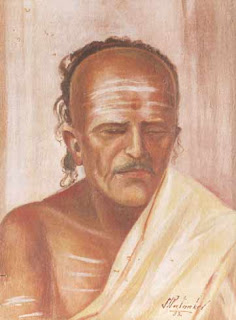
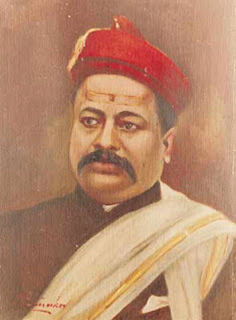
Shriman Gopalrao Booty, a millionaire from Nagpur, became a devoted follower of Sai Baba from his very first visit. Settling in Shirdi in 1910, he dedicated his life to serving Baba and His devotees. His greatest contribution was the construction of the stone building known as Booty Wada, which Baba Himself referred to as “Dagadi Wada.” After Baba’s Mahasamadhi, this became the sacred Samadhi Mandir where Baba rests today.
Booty was deeply humble, modest, and quiet in nature, never arguing with Baba, but serving Him silently with love. He walked by Baba’s side during processions, ate meals with Him, and generously supported village festivals, donating large sums for dramatic performances and Gurupoornima celebrations. At the time of Baba’s Mahasamadhi, Booty, along with Kakasaheb Dixit and others, stayed close to Him, later becoming Chairman of the committee managing the shrine. His devotion and service left an everlasting mark in Shirdi, with his family continuing Gurupoornima traditions until 1940, before handing them over to the Sansthan.
Das Ganu Maharaj (Ganpat Rao Dattatreya Sahasrabudhhe) was a close devotee of Sai Baba who spread His name across Maharashtra through kirtans and writings. Once a police officer, he struggled to accept Baba fully, but after many experiences and tests, he left service on Baba’s command and devoted his life to singing and discourses.
Blessed with a powerful voice, Das Ganu held audiences spellbound for hours, always glorifying Baba along with saints like Tukaram and Namdev. His devotion brought countless people to Shirdi. He also authored works such as Sant Kathamritha (1903), Lilamritha (1906), Amritanubhava, and Bhakti Saramritha (1925). Through his songs and books, he immortalized Baba’s leelas and is remembered as a noble instrument of Baba’s mission.
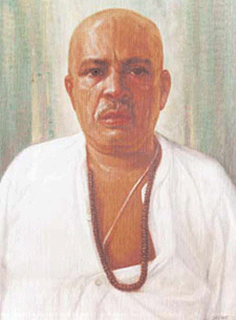
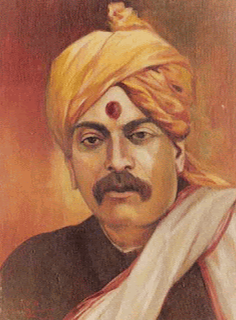
Shama was one of Sai Baba’s closest devotees. Born in Nimon and later settled in Shirdi, he worked as a school teacher near the Masjid before leaving his job to serve Baba. Initially skeptical, he soon realized Baba’s divine powers and became His intimate devotee.
Shama acted as a bridge between Baba and devotees—carrying their questions to Baba and delivering His replies. Baba, in turn, cared for all of Shama’s needs, treating him like family. He often served Baba’s meals, prepared His chillum during Chavadi festivals, and even accompanied Baba for alms. Such was his devotion that even in sleep, his breath echoed “Sai Nath Maharaj.”
After Baba’s Mahasamadhi, Shama continued living in Shirdi and serving with unwavering faith until his passing in 1939. His house, still preserved near Dwarkamai, remains a sacred place for devotees, symbolizing his lifelong bond with Baba.
Hari Sitaram Dixit (Kaka Dixit) was a renowned solicitor from Bombay who left his career in 1901 to dedicate his life to Sai Baba. Despite a leg injury, he never sought cure for his body but asked Baba only to “heal the lameness of the soul.” Baba affectionately called him “Kaka” and guided him deeply on how to live with compassion, equality, and service to all beings.
Dixit was instrumental in establishing the Sai Sansthan, managing its affairs as honorary secretary until his passing in 1926. He also founded Sai Lila Masik, a monthly magazine where devotees shared experiences of Baba’s grace. His devotion was unwavering—whether obeying Baba during illness or even when tested with difficult tasks, like agreeing to put a dying goat out of its misery until Baba stopped him.
As Baba had promised, Dixit passed away on an auspicious Ekadasi day. Sitting peacefully on a train, he quietly left his body as though in sleep—fulfilling Baba’s words that He would take Kaka in a vimana (heavenly chariot). His life remains a shining example of surrender and service to Baba.
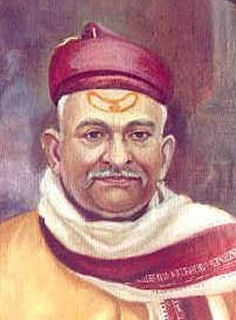
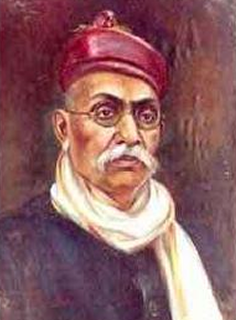
Annasaheb Dabholkar 1856-1929 alias Hemadpant.
Annasaheb Dabholkar is most notably known for being the author of the beloved work The Sri Sai Satcharitra.
He lived in Bombay and, although he was not a greatly educated man, he rose to being a magistrate in the Bombay government.
He was a poet by heart and long before he began his noted work, which he started in 1922 with Baba’s blessings and completed it in 1926.